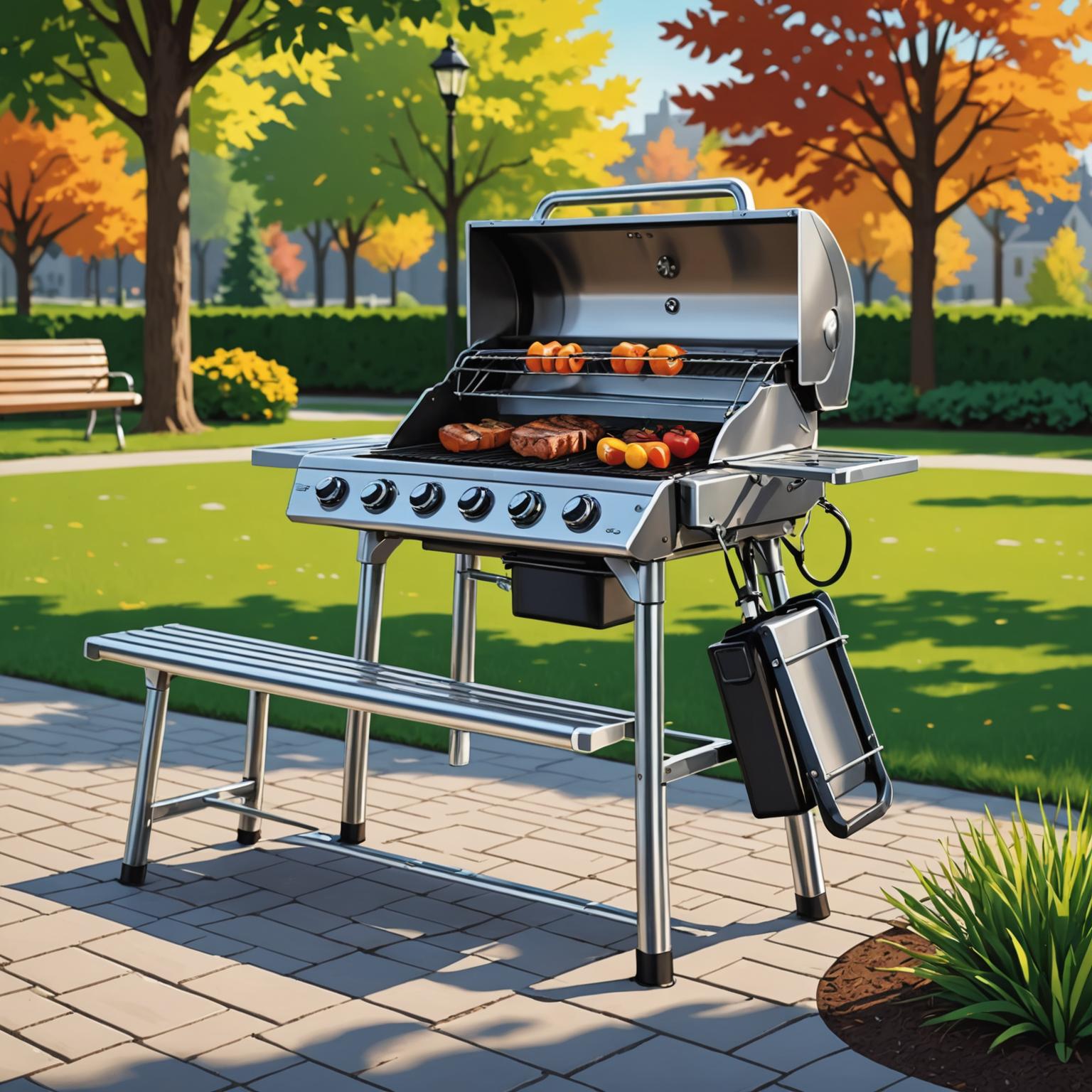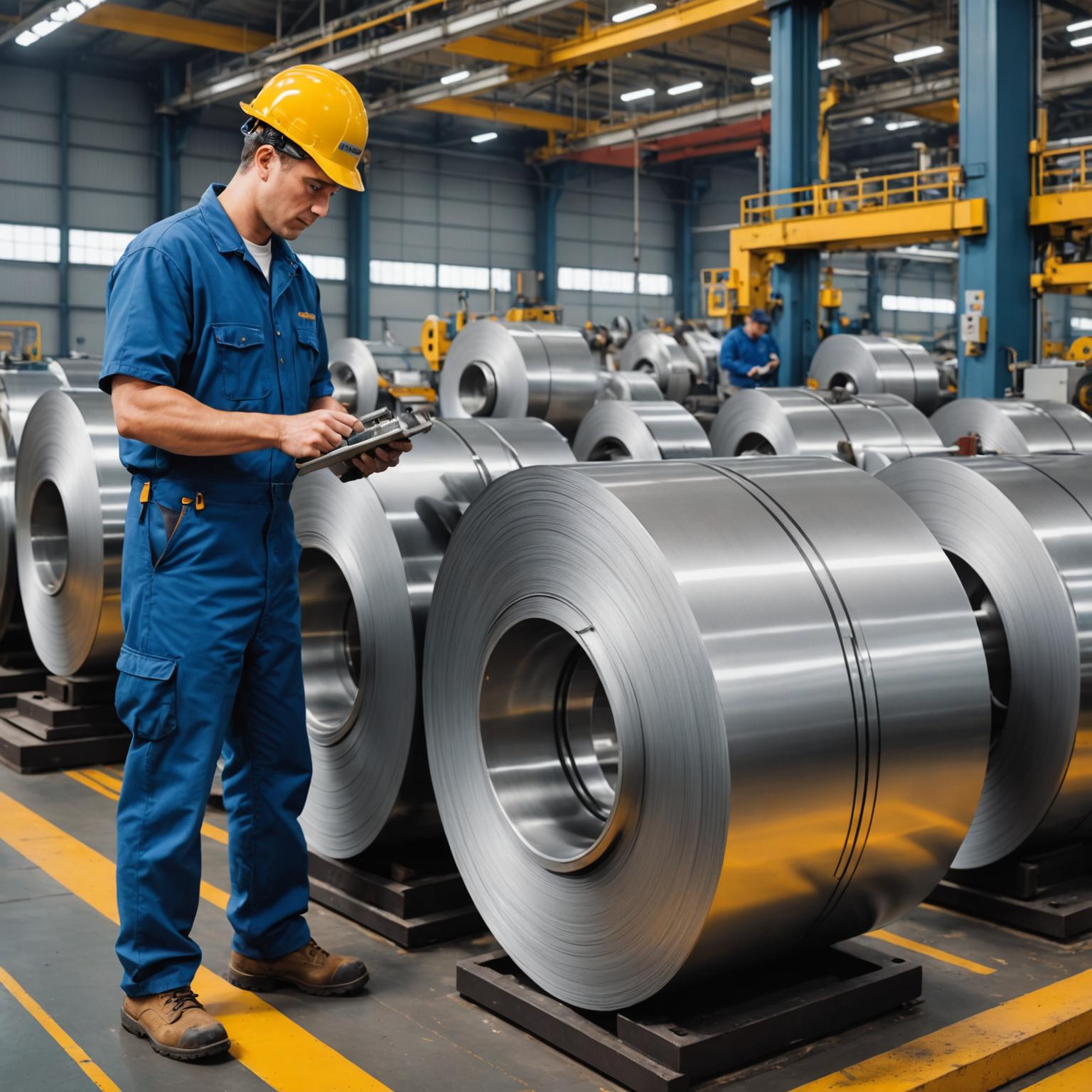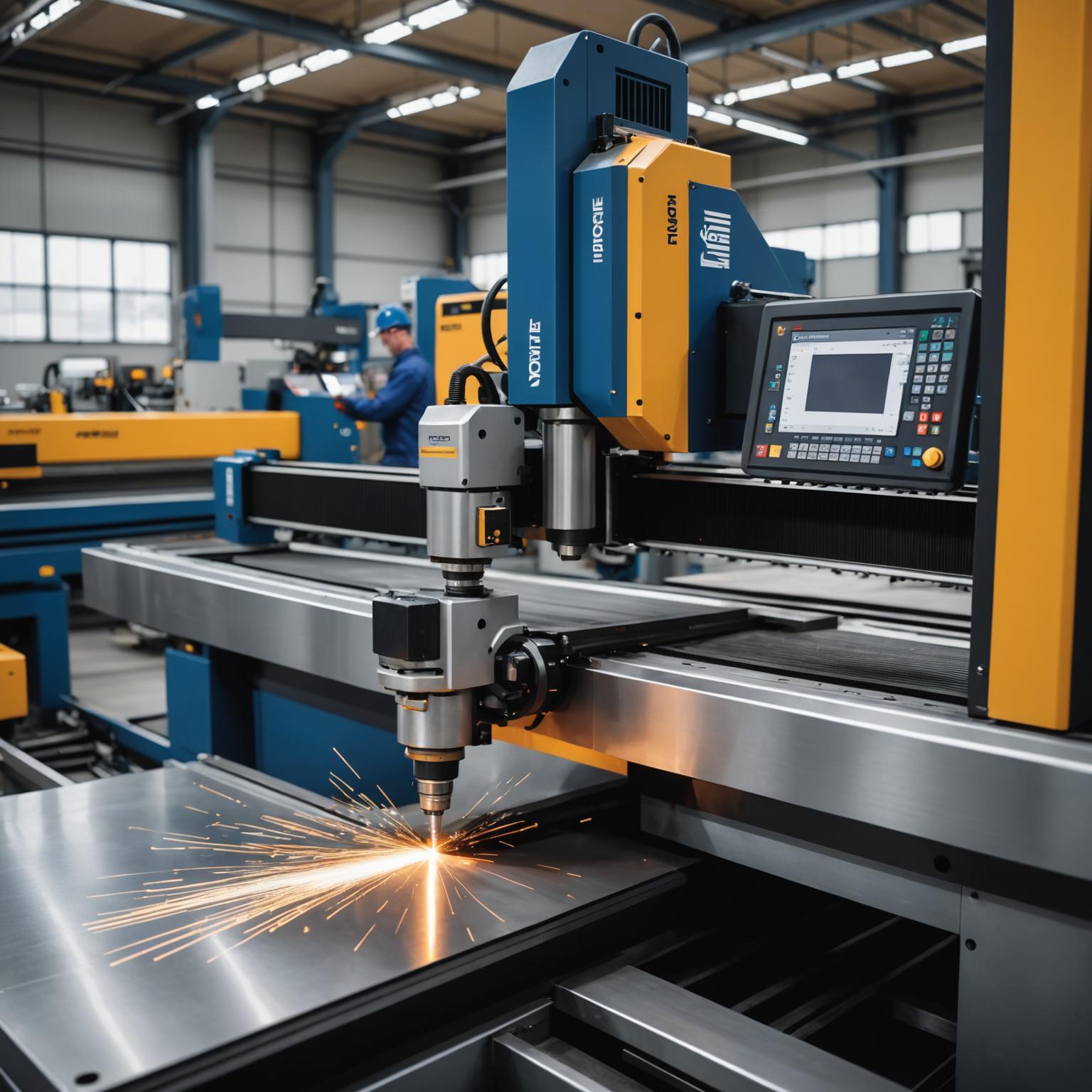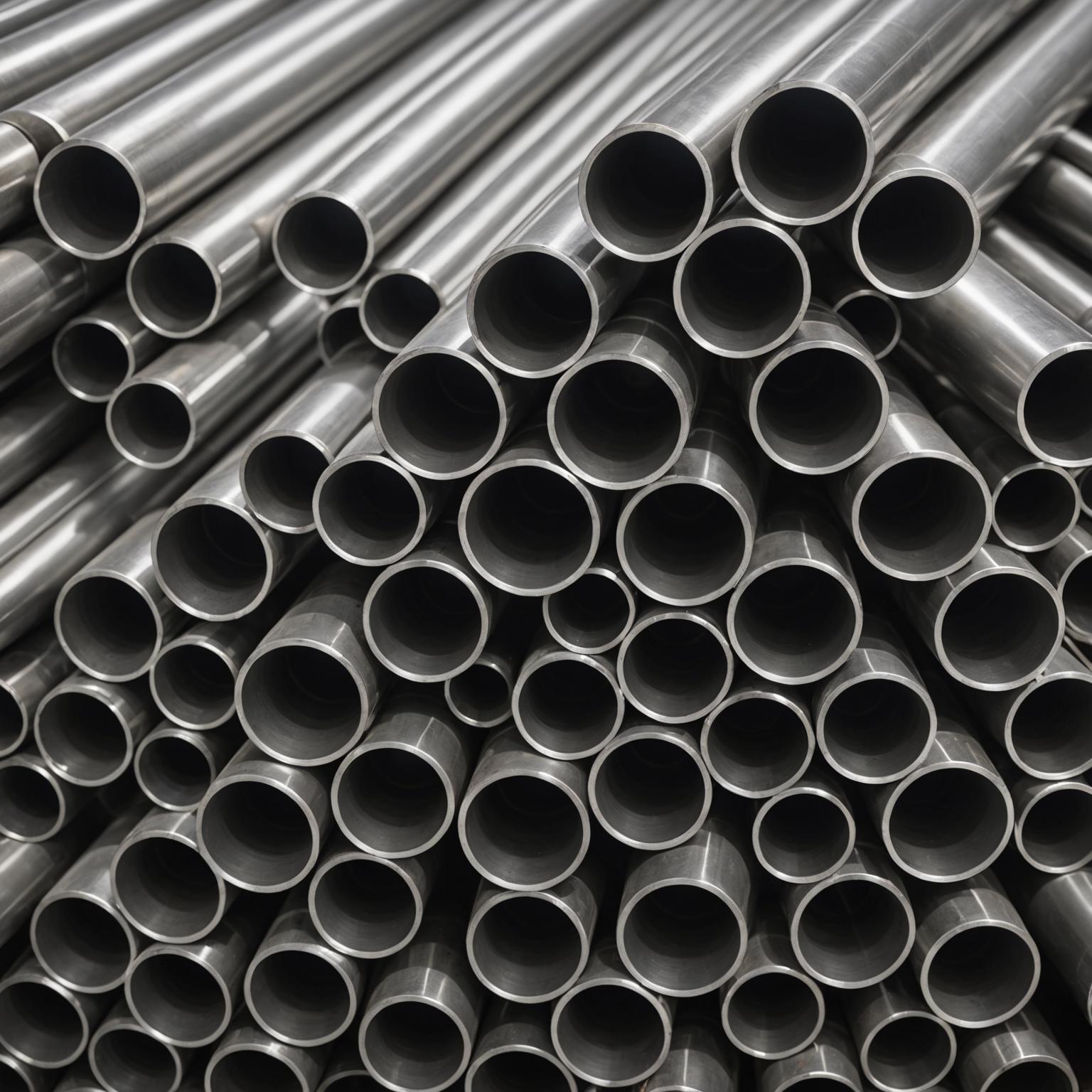Why is the proper packaging of a stainless steel coil so crucial?
When purchasing a high-quality product like a stainless steel coil, the primary focus is often on its metallurgical properties, finish, and dimensions. However, the journey from the manufacturing facility to the customer's workshop is fraught with potential hazards. This is where the importance of professional packaging comes into sharp focus. The packaging is not merely a wrap; it is a comprehensive protection system designed to preserve the coil's integrity and value. A coil that arrives dented, scratched, or corroded is compromised, leading to production delays, material waste, and financial losses. Proper packaging ensures that the product you receive is in the same pristine condition as when it left the mill. It acts as a shield against moisture, which can cause rust or staining, and protects against physical impacts during handling, transit, and storage. Essentially, the packaging guarantees the usability and longevity of the coil, making it a critical component of the overall quality assurance process. Without meticulous attention to packaging, the advanced engineering and precision manufacturing of the coil itself could be rendered worthless by the time it reaches its final destination.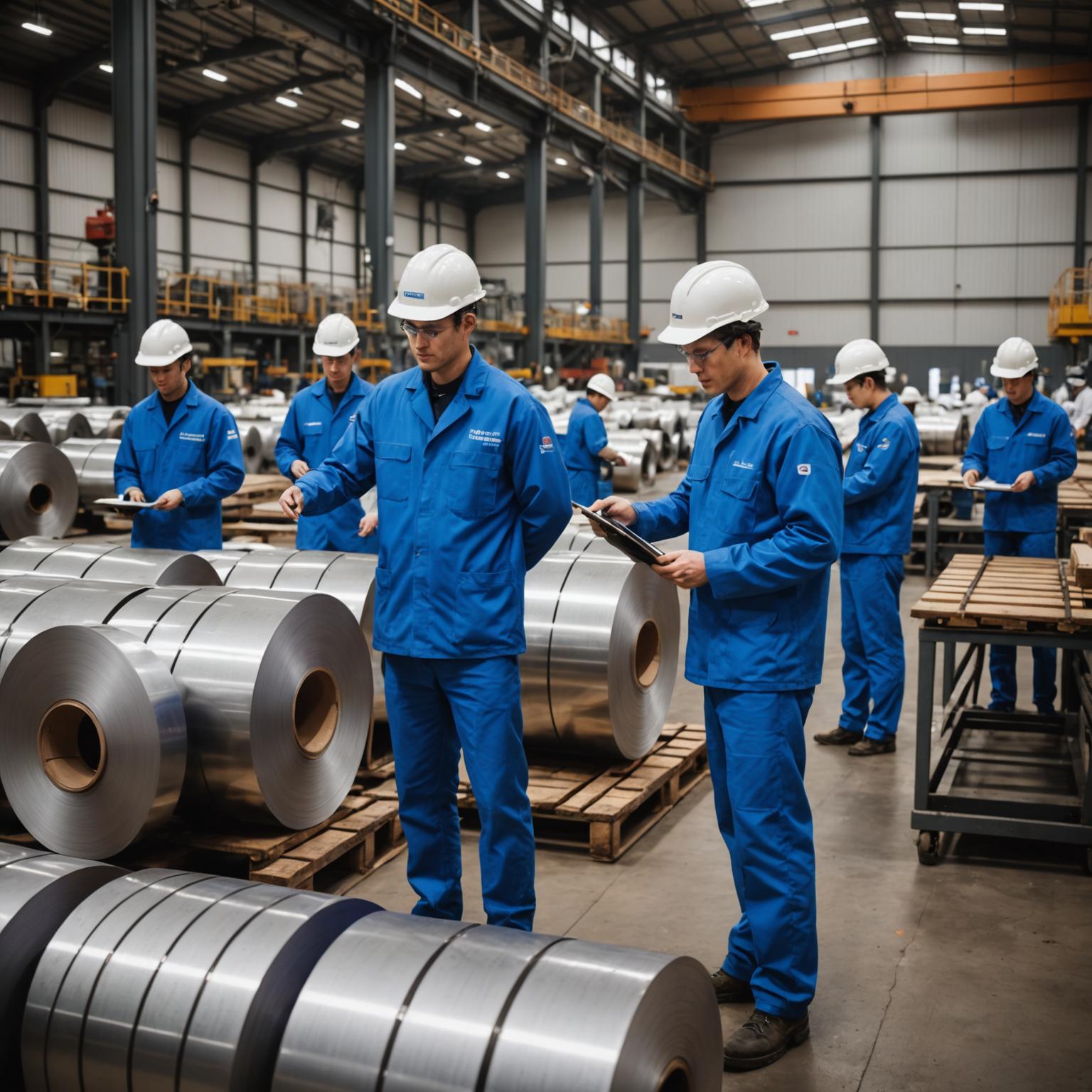
What are the standard materials that fulfill packaging requirements for coils?
Meeting the stringent Packaging requirements for stainless steel coils involves using a multi-layered system of specialized materials, each serving a distinct protective function. The first layer to touch the steel is often a Volatile Corrosion Inhibitor (VCI) paper or film. This material releases a harmless, invisible vapor that forms a protective molecular layer on the surface of the steel, effectively preventing moisture and oxygen from initiating corrosion. Next, a layer of plastic film or waterproof kraft paper is applied. This acts as a primary barrier against external humidity, rain, and other contaminants. For added physical protection, especially for coils with delicate finishes, a soft, non-abrasive material may be used. The edges of the coil, being particularly vulnerable, are shielded with heavy-duty cardboard or plastic edge protectors for both the inner and outer diameters. This prevents damage from strapping and accidental impacts. The entire wrapped coil is then typically secured within a final layer of galvanized steel sheet or thick, durable paperboard. Finally, the coil is securely fastened to a pallet or skid using high-tensile steel or polyester straps. Each material is chosen for its durability and specific protective properties, working together to create a robust shield around the valuable coil.
Could you describe the step-by-step packaging process?
The packaging of a stainless steel coil is a methodical, labor-intensive process that follows a strict protocol to ensure maximum protection. The process begins after the final quality inspection. First, the inner diameter (ID) of the coil is protected. This often involves inserting a VCI paper-lined core or wrapping the inner surface meticulously. Following this, the entire coil is wrapped circumferentially with VCI paper, ensuring complete coverage. This is followed by a layer of waterproof plastic film or heavy kraft paper, which is tightly wound around the coil to create a moisture-proof seal. Once the main body is wrapped, protectors are placed on the inner and outer edges. These protectors are crucial for preventing dents, crimping, and other forms of edge damage that can occur during strapping and handling. After the edge protectors are in place, a metallic or hardboard outer wrapper is often applied, providing a tough exterior shell against physical blows. The securely wrapped coil is then placed onto a custom-built wooden or steel pallet. Metal bands or high-strength polyester straps are fed through the eye of the coil and around the pallet, cinching the coil tightly to its base. Typically, 3 to 5 straps are used, depending on the coil's weight and size. Finally, a detailed label is affixed, containing all essential information like coil ID number, weight, dimensions, material grade, and handling instructions.
Are there different packaging standards for sea freight versus land transport?
Yes, the Packaging requirements can vary significantly depending on the mode of transport. For domestic land transport via truck or rail, the primary concerns are road vibrations, handling shocks, and protection from rain or dust. The standard multi-layer packaging is generally sufficient. However, for international sea freight, the conditions are far more demanding, necessitating an elevated level of protection. Ocean voyages can last for weeks, exposing the cargo to high humidity, salt spray, and significant temperature fluctuations within the shipping container. This environment is highly corrosive. Therefore, for sea freight, the packaging must be exceptionally robust. This often includes using thicker VCI paper, an additional layer of waterproof barrier film, and desiccants placed inside the packaging to absorb any trapped moisture. The outer wrapping is almost always a full metallic shell for maximum physical and environmental protection. Pallets are also built to be more rugged to withstand rough seas and multiple handling stages at various ports. All wooden components of the pallet and packaging must be fumigated and certified according to ISPM 15 standards to comply with international customs regulations and prevent the spread of pests. The labeling also becomes more complex, requiring details for customs clearance and international handling symbols.
How does proper packaging prevent specific types of damage like telescoping and scratching?
Different types of damage require specific packaging solutions. Scratching, for instance, is a surface-level defect caused by abrasion. It is prevented by ensuring the initial layer of wrapping is a soft, non-abrasive material, followed by tightly wound layers that prevent any internal movement of the coil's wraps. The hard outer shell then protects against external objects that could scrape or gouge the surface. Another common issue is known as telescoping, where the inner wraps of the coil shift axially, creating a cone or telescope shape. This is primarily prevented by applying circumferential straps with adequate and uniform tension around the coil's circumference. These straps hold the wraps tightly together, resisting the forces that cause them to shift. For heavier or wider coils, placing the coil 'eye-to-the-sky' on a pallet and using radial straps that pass through the eye also helps prevent telescoping and sagging. Denting from forklifts, chains, or other equipment during handling is mitigated by the robust edge protectors and the strong outer wrapper, which distribute the force of an impact over a larger area. By considering all potential failure modes, the packaging system for a stainless steel coil is engineered to counteract each specific threat effectively.



